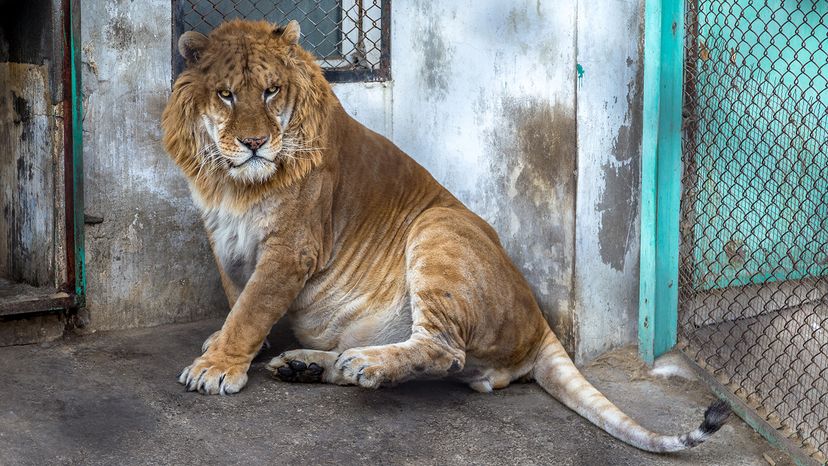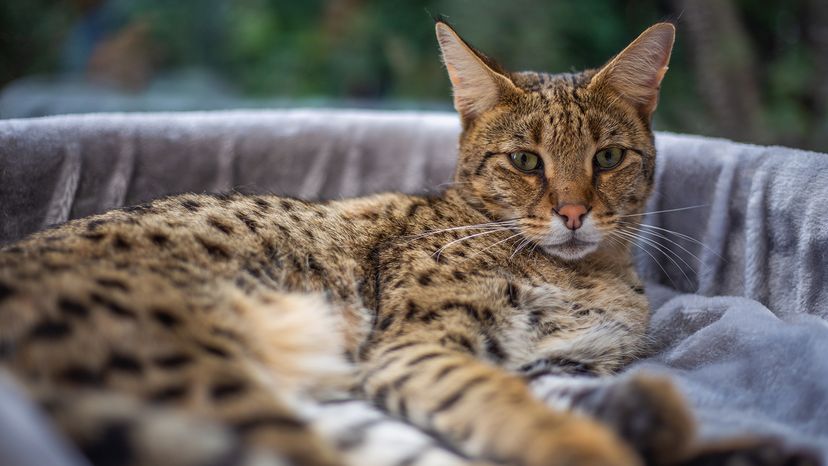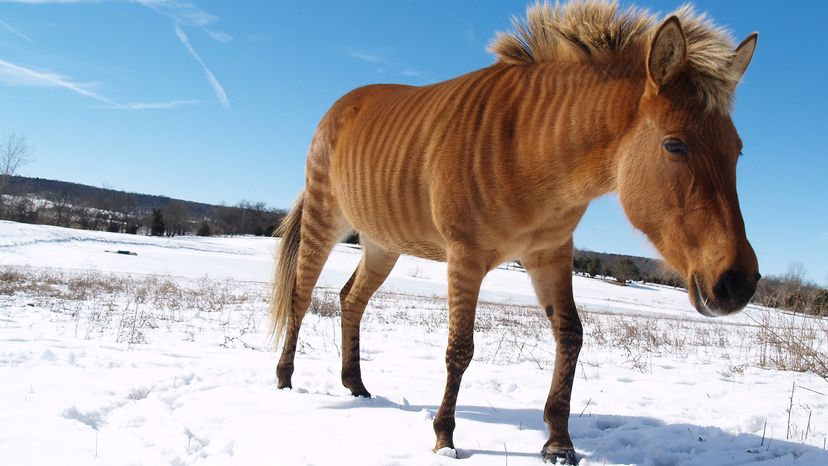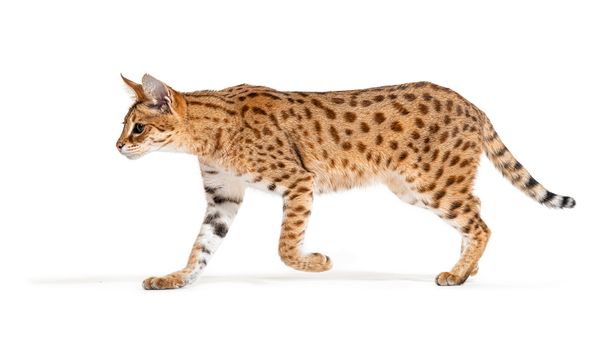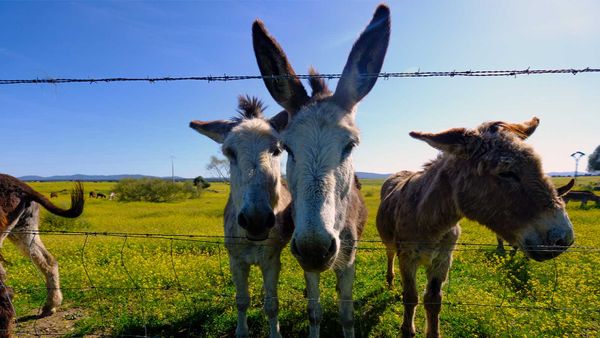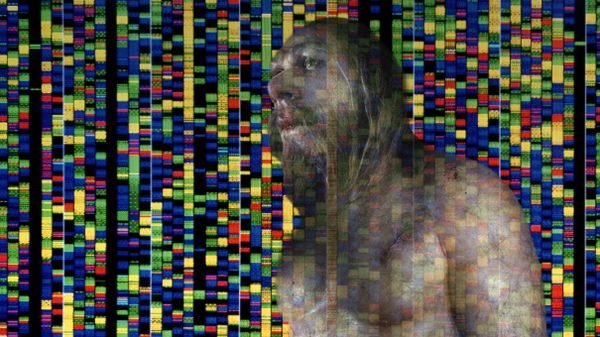
Key Takeaways
- Hybrid animals are offspring of two different or closely related species and can occur naturally or through artificial insemination.
- These hybrids, like the liger (lion-tiger cross) and zonkey (zebra-donkey cross), often have unique characteristics from both parent species.
- While some hybrid animals can reproduce, most are usually infertile due to genetic differences between the parent species.
If you've never seen a zebroid before, you might think your eyes are deceiving you. But the part zebra, part equine animal isn't something out of a sci-fi film. Zebroids are hybrid animals, a cross between two species.
Read on to learn more about animal hybrids, including a list of unique hybrids you may not have heard of before.
Advertisement
Advertisement


